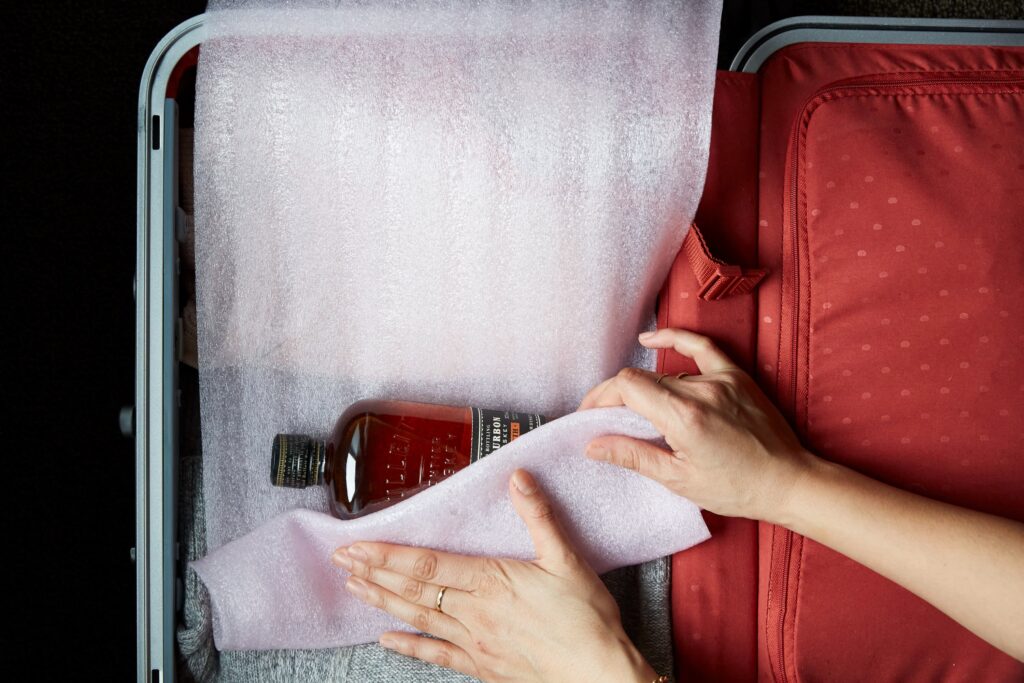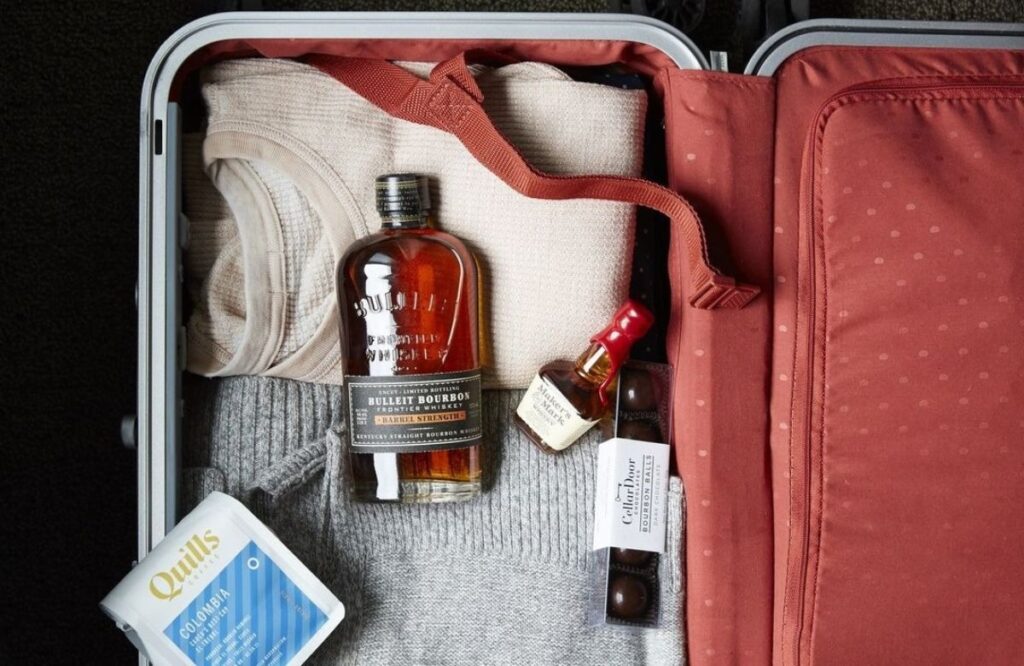Whether you’re bringing it home as a souvenir or a gift, booze often makes its way into our suitcases as we prep for a flight. Before you stash that alcohol bottle in your carry-on, though, you’ll want to know everything about flying with alcohol. It’s a common concern we have when we are making travel plans about how many and what type of liquor we can carry in our luggage. When we know that the price of alcohol at our travel destination is lower than in our city, knowing about it becomes even more crucial.
People travelling on flights are allowed to carry liquor, both in check-in baggage and in carry-on, as long as they are of legal drinking age and follow the rules of the particular flight you are travelling with. Firstly, booze must be transported in its original, unopened container. If your alcohol is unopened and 140 proof or less, you can safely bring it on board. According to the Federal Aviation Administration, anything over 140 proof is prohibited.
Depending on whether you’re checking your bottles or carrying them on decides how much you can bring in the flight.
If your alcohol is packed in your carry-on, you’ll be subject to the Transportation Security Administration’s 3-1-1 limit for liquids. Containers must fit inside one quart-sized bag and should be 3.4 ounces or fewer.

If you’re carrying alcohol in your check-in bags, your limits depend on alcohol content. There are no limits on how much alcohol you can pack in your check-in luggage, according to the FAA, if the alcohol by volume is less than 24 per cent (generally beer and wine). The FAA limits passengers to 5 litres if it’s between 24 and 70 per cent. If all these criteria are satisfied, you may pack alcoholic beverages in your check-in baggage: The alcohol should be well packaged to prevent damage and leaking and is still in its retail packaging. It should not have more than 70% alcohol by volume.

If you have bought booze in a duty-free shop at the airport, you can generally take it with you on the flight. This doesn’t mean it can travel with you the entire way home. If you have a connecting flight and need to pass through a TSA security checkpoint, your bags are once again subject to carry-on restrictions, which means anything over the 3.4-ounce limit needs to go in your check-in baggage.



